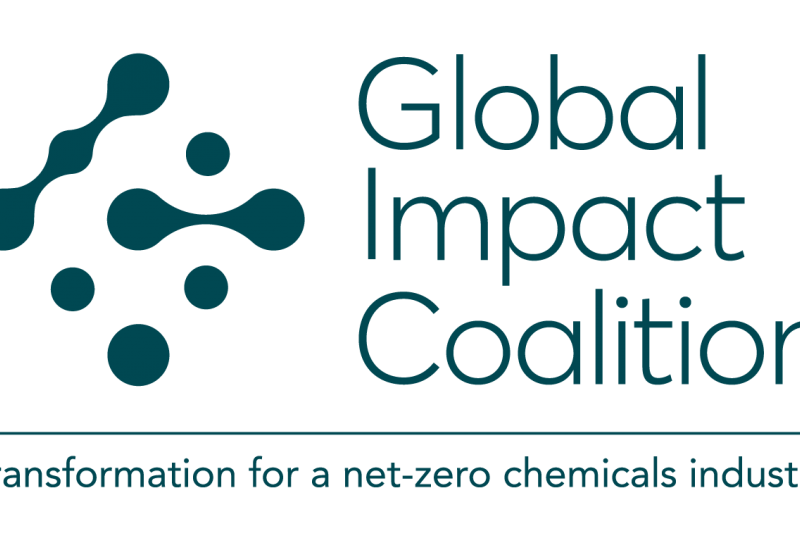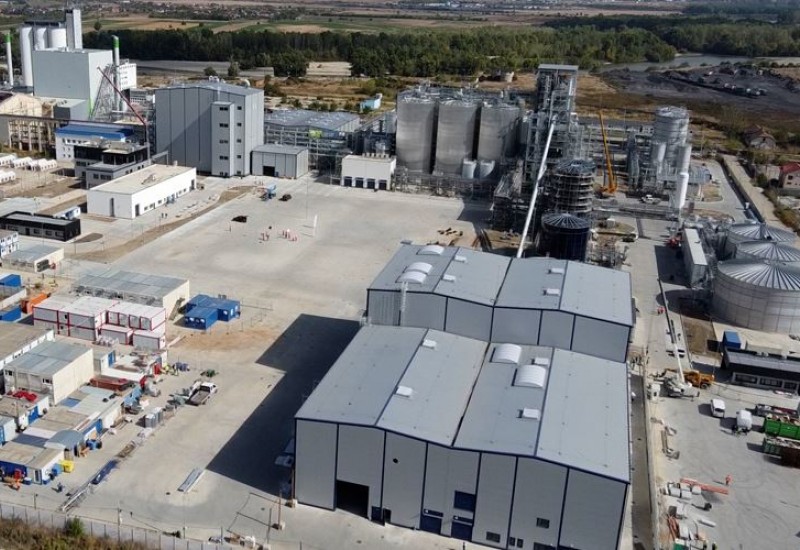Feature article - EPA RMP rule amends: What you need to know
Scott Sandler from ABSG Consulting reveals the depth of the changes happening with the latest Rule changes to help ensure that people, plant and processes remain safer in their operations
The US Environmental Protection Agency (EPA) has recently finalised amendments to the Risk Management Program (RMP) on the Safer Communities by Chemical Accident Prevention Rule. This was initially proposed in August 2022 and has imposed the most protective safety provisions to date for the chemical industry and facility operators.
How the latest amendments that will be implemented across different types and sizes of organisations needs serious consideration. While this cross-disciplinary content targets facilities that process regulated toxic and flammable substances, not every company will have the expertise and bandwidth necessary to handle the updates.
The EPA states that approximately 11,740 facilities that have filed current RMPs could be affected by the new Rule. These include chemical manufacturers and distributors, among many others.
Monetising the risk
Chemical accidents can impose substantial costs on firms, employees, emergency responders, the community and the broader economy. The EPA has calculated the annual financial impact of accidents at RMP facilities to be $540.23 million, categorised into onsite and offsite impacts. Average onsite damages due to chemical releases at these facilities amount to $497.9 million/year.
Within this category, the most significant financial burden comes from property damage, estimated at $454.58 million/year. Additionally, the EPA has quantified the cost of onsite fatalities at $37.57 million per year, while injuries contribute another $5.75 million.
The EPA also estimates that around 131 million people live within three miles of RMP facilities. Consequently, the Rule includes provisions designed to empower workers in safety decisions and increase access to RMP facility information for communities living and working in the surrounding areas.
RMP Rule amendments
The revisions to the RMP regulations include several changes and amplifications to the accident prevention programme requirements in 40 CFR Part 68. They include revisions to existing requirements for Program 2 facilities (Sub-part C) in:
* Safety information
* Hazard review
* Operating procedures
* Compliance audits
* Third party audits
* Incident investigation; and
* Employee participation
They also include revisions to existing requirements for Program 3 facilities (Sub-part D) in:
* Process safety information (PSI)
* Process hazard analysis (PHA)
* Operating procedures
* Compliance audits
* Third party audits
* Incident investigation
* Employee participation; and
* Hot work permit
Additional updates include: enhancements to the emergency preparedness requirements; improvements to the public availability of chemical hazard information; and several other changes to certain regulatory definitions or points of clarification.
Addressing requirements
The final rule became effective on 10 May. Since this is effectively a 60-day requirement, many of the updates are considered provisions that should already be in place. The only ‘new’ requirement was for the PHA team to document and address any gaps in safety between the codes, standards or practices to which the process was designed and constructed and the most current version of applicable codes, standards or practices.
Suggestions for addressing such gaps during a PHA include adding: a single related question in a ‘global’ node; a ‘safety gaps in codes/standards’ deviation in each process node; or one or more related questions to a standard existing PHA checklist. The PHA report should include a brief discussion stating how the facility manages codes, standards and revisions to them and any gaps that are identified against the worksheets or checklist. The following requirements must be placed in effect by 10 May 2027:
* Stand-by or back-up power for continuous operation of monitoring equipment associated with the prevention and detection of accidental releases from covered processes for Program Levels 2 (§ 68.50) and 3 (§ 68.67)
* Third-party audit provisions for Program Levels 2 (§ 68.58/68.59) and 3 (§ 68.79/68.80)
* Incident investigation root cause analysis provisions for Program Levels 2 (§ 68.60) and 3 (§ 68.81)
* Safer technology and alternatives analysis provisions for Program Level 3 (§ 68.67)
* Employee participation provisions for Program Levels 2 (§ 68.62) and 3 (§ 68.83)
* Emergency response provisions for Program Levels 2 (§ 68.90) and 3 (§ 68.95)
* Availability of information provisions in § 68.210
By 15 March 2027 or within ten years of the date of an emergency response field exercise conducted between 15 March 2017 and 31 August 2022, the owner or operator must conduct a field exercise. By 10 May 2028, they must comply with the risk management plan provisions of Sub-part G.
Better protection
To better protect at-risk communities from chemical accidents, the final RMP Rule seeks to improve chemical process safety; assist in planning for, preparing for and responding to accidents; and, increase public awareness of chemical hazards at regulated sources. The RMP Rule, coded 40 CFR Part 68, applies to all owners and operators of a facility (or stationary source) that manufactures, uses, stores or otherwise handles more than a threshold quantity of a toxic or flammable substance (listed at 68.130) in a process.
Part 68 requires regulated facilities to develop and implement a RMP for all covered processes. Covered facilities must submit the RMP to the EPA and revise and resubmit it every five years.
EPA Administrator Michael S. Regan says: “Many communities that are vulnerable to chemical accidents are in overburdened and underserved areas of the country. This final Rule is a critical piece of the Biden-Harris administration’s commitment to advancing environmental justice by putting in place stronger safety requirements for industrial facilities and new measures to protect communities from harm.”
Final amendments to the Rule include:
* Requiring safer technologies and alternatives analysis, and in some cases, the implementation of reliable safeguard measures for certain facilities in industry sectors with high accident rates
* Advancing employee participation, training and opportunities for employee decision-making in facility accident prevention
* Requiring third party compliance audits and root cause analysis incident investigation for facilities that have had a prior accident
* Enhancing facility planning and preparedness efforts to strengthen emergency response by ensuring chemical release information is shared with local responders and a community notification system is in place to warn the community of any impending release
* Emphasising the requirement for regulated facilities to evaluate risks of natural hazards and climate change, including any associated loss of power
* Increasing transparency by providing access to RMP facility information for communities nearby
This commitment aligns with a key goal of the National Climate Resilience Framework: to equip communities with the information and resources needed to assess their climate risks and develop the climate resilience solutions most appropriate for them.
Third-party expertise
Organisations like ABS Consulting can assist companies with the PSI and PHA rule changes, including, among other things:
* Reviewing existing PSI to assess gaps related to maintaining up-to-date information
* Providing resources to update PSI, especially equipment-related PSI
* Reviewing & updating PHA protocols Providing natural hazard SMEs to assist with PHA protocol changes
* Conducting PHAs that incorporate the new PHA requirements
Process safety expertise can also assist with RMP programme changes to address longer-term requirements, such as:
* Assisting in developing PHA tools and protocols to evaluate technologies and alternative risk management activities and identify, determine and document the passive, active and administrative measures
* Training for PHA facilitators and participants on addressing the new requirements
* Performing third-party audits and helping to implement programmes
* Updating and helping to implement incident investigation programmes to include root cause analysis
* Updating employee participation and emergency response programs
* Updating RMP plans to address the changes
The process of safety and regulatory regimes in many parts of the world have been refined to make risk identification and mitigation implementation increasingly robust, with accidents becoming rarer and of lower impact. The industry has come a long way with continuous learning and improvement, but every incident shows there is no room for complacency.
As is often true in critical regulation, there is no one agency with authority over ‘hazmat’ or hazardous materials. Agencies such as the EPA, the Federal Regulatory Commission, and the Departments of Transportation, Agriculture, Homeland Security, along with local and tribal representatives, may all have roles to play. Industry leaders will also need to balance industry’s mission – to provide value to customers – with the government’s desire to protect people and the environment. Critically, all parties should shift their thinking and accept that neither goal will be reached unless they find more effective ways to work together to improve the safety ecosystem at large.
Contact
Scott Sandler
Senior Process Risk Consultant
ABS Consulting
+1-281-673-2800
https://www.abs-group.com















